The Jerusalem Old City (Israel) stands on ruins of a residential area from over 2000 years ago. Jews were forbidden to reside in Jerusalem during the long Byzantine period. They returned under more tolerant Persian rule. When the Crusaders conquered Jerusalem in 1099, they massacred most of the city's Jewish population in the city, as well as Muslims and even some local Eastern Christians. When Crusaders were driven out in 1187, Muslims and Jews returned to the city. Soon after, in 1244 Tatars conquered Jerusalem. They decimated the city's Christian population and expelled the Jews. During the Ottoman rule, in the 18th century Jews slowly started to reestablish their presence in Jerusalem. Most recently, the Jewish Quarter was demolish under Jordanian rule after Arab-Israeli War of 1948. Recaptured during 1967 war, the quarter has been entirely resurrected. Some of the original buildings have been re-created and many modern structures were designed to blend in with the surroundings.
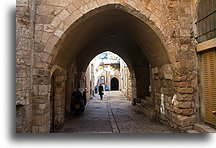
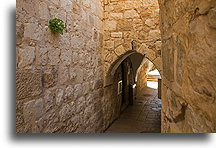
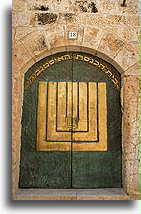
In the early 1700’s a group of Jewish emigrants settled in Jerusalem. The new community founded a synagogue, but the cost was higher than originally estimated. Sank in debt, they could not repay loans. Unable to get back the money, Arab creditors burned down the building. In ruins for over one hundred years, synagogue became known as the Ruin (Hurva). In the mid 1800’s, new group of emigrants rebuild the synagogue. Architectural design was based on the Hagia Sophia in Istanbul. The Hurva Synagogue became the most important one in Jerusalem. Jordanians destroyed building again after the war of 1948. Current synagogue is a reconstruction completed in 2010.
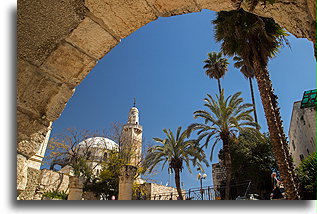
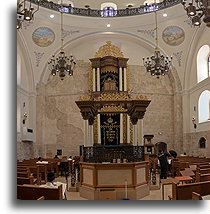
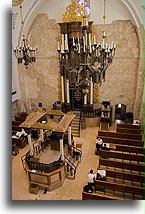
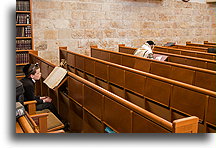
The small part of the retaining wall standing today was originally part of the complex of the Second Jewish Temple. This is the most sacred place for Jews. The Western Walll, it is a place where Jews weep over the destruction of their holy temples.
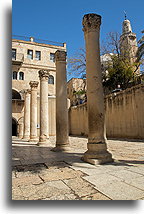
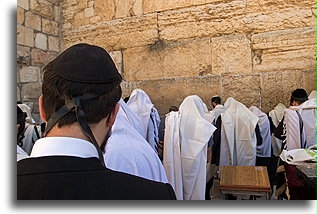
Archaeologists unveiled a small fragment of Jerusalem from 1400 years ago in the Jewish quarter. Cardo Maximus is a street that was the main trading area in the city in the late Roman and Byzantine periods. The impressive row of columns is a place where once stalls stood. It was here that bustling trade of fruits, spices in many colors, various fabrics, and many other goods took place.




